In Conversation with Architect Aziza Chaouni

It’s “very rare”, Aziza Chaouni tells me, for architects to be able to challenge the traditional ideals of Western education in their practice. Yet still, the 43-year-old architect and professor has found herself in this very position. Bringing years of research and experience in the global South to her practice in Toronto, Chaouni integrates sustainable ideals and communal collective voices into all of her projects. These are just some of the non-negotiables Chaouni refuses to sacrifice in creating multi-faceted, ecologically-sensitive spaces.
Growing up in Fez, Chaouni found inspiration in the World Heritage sites and mountains of Morocco. She holds a M.A of Architecture from the Harvard Graduate School of Design and a B.Sc in Civil Engineering from Columbia University. She is the founder of Aziza Chaouni Projects and assistant professor at the John H. Daniels Faculty of Architecture, Landscape, and Design at University of Toronto. Apart from academia and her own practice, Chaouni has written books and lectured about ecotourism and sustainable design.
FRONTRUNNER speaks to Chaouni about her roots and ethics, her restorative projects in Morocco and Toronto, and what sustainable architecture looks like.

Tell me about what it was like growing up in Morocco! Do you think you got a lot of design inspiration from Fez?
Well, I had a fantastic childhood in Fez (which is actually where I’m calling you from). Fez has a World Heritage city, which is the largest medieval town in the world called Medina. I think, of course, I was deeply influenced by it because it has the largest pedestrian network in the world. There are donkeys everywhere, and I think for a child it’s a bit like a labyrinth. When you don’t have cars, and streets that are one meter wide, it feels quite friendly. I lived outside of the city, in the farm house of my great-grandfather. It was a French art-deco house; maybe this effected me as well, in terms of architecture. By the time I was born, it was not a farm anymore. The city had grown, but this is the house where I still live now in Fez. Regarding my childhood, there’s a lot of nature nearby as well; there are mountains around us which we used to hike. I went to French school, so I had a bilingual education. Aside from that, I was a pretty nerdy kid.

Currently, you divide your time between Morocco and Toronto, where you teach and work. What’s it like being an architecture professor at U of T?
Well, U of T is fantastic. I miss being around my students, and my colleagues; it’s a really stimulating place. I think that as an architect and designer, having a foot in academia always keeps you on your toes, because you’re always engaged in research and the latest innovations. You possibly have new ideas, and you’re stimulated by students, lecturers, and visitors. It’s an extremely rich environment. It’s a luxury to be paid to think, and to have the freedom to pick your projects and not to be a service provider type of architect. Having a foot in academia allows me to really select and give enough time to research certain projects which I self initiate. The field [of architecture] is designed where you have to compete with your colleagues, and you’re forced to compromise on ethics, and even if you have certain beliefs. Say your client shouldn’t be having a pool this size in an arid climate, you can’t do anything about it. Those aren’t things I’d be able to do ethically if I weren’t in academia, which allows me to have this freedom. The exchanges with the students are also very rich. I learn as much from them as they are learning from me. Right before COVID hit, I took my students to Senegal. I organize a lot of exchanges and field trips – as all of my classes are rooted in applied research, where students have to work on a design problem in the real world. That way, the work that students do isn’t just something that’s created for a portfolio, but it can be of use.
Now for your own projects: your website says that integration of users and sustainability is at the heart of your work. How would you describe your style of architecture?
I think it’s something which has grown organically. I didn’t wake up one day and decide, “I’m going to be this type of architect”. I had experience in the field, and also my own growth led me to work at different scales. The change of scales is something I love. Like, there’s this 3-D printed lamp made of recycled plastic, which I designed because new construction methods were very expensive, and 3-D printing isn’t. So I develop things for a specific project, which can scale up to an urban design project for a neighbourhood. One scale can teach us things about another. Also, [I use] a collaborative process; I learned very quickly that my interests were in public projects. In those types of projects, what I noticed – not just in Morocco and the global South, but all over the world – is that if the local population isn’t involved, they won’t take ownership of the public space, and so the public space won’t function. In terms of the participatory process, it can be abused in general! In Canada, for many public projects, participatory processes are required, but they come after the design is done. It’s just a few meetings here and there, and the recommendations of people aren’t even taken into consideration. It’s just a performative thing.
What I do enjoy, and what I believe will lead to the success of public programs, is engaging as many voices as possible into the whole process. We learn so much from people who have lived around the site for a long time, or have been experiencing different types of problems. Involving the users or the stakeholders from the very beginning, before the design is done, can only be of benefit. We’ve developed many tools depending on the project, ranging from games to computer applications, that we actually propose to the clients as part of the design process.
A third thing that defines my work is a spirit of activism. The role of the architect back in the 60s was one where the architect was acting for the public good, and had to educate clients and cities and so forth about what would be beneficial to the largest number of people, rather than the few that were going to pay them. My approach – and the approach of many of my colleagues – is to actually take the bull by the horns, and to denounce certain practices. In Toronto, there’s the site of Ontario Place, for example, that is being threatened to be demolished. We launched a project called The Future of Ontario Place – head to it online and sign the letter! [The site] is supposed to become a private marina and high end shopping mall, and all of the amazing original architecture will either be demolished or totally changed. The process has been fully opaque. So this project which we did with a bunch of different organizations has been a year long, and we’ve won a few battles: before [the project], Doug Ford was going to demolish everything. Still, it’s not enough – but we’ve already been able to put on enough pressure [for some change], which is really great. Ontario Place is such a vital public space, with access to the water for many Torontonians, so it’s shocking for me that in Canada (in Toronto), Doug Ford is leading an opaque process. He’s offering developers hundreds of millions of dollars to bring the subway to them and encourage development. So anyways, I’d say that the activist streak for a designer or architect, to take back part of their role in the public realm, is very important to me.
You mentioned this role being prevalent amongst architects in the 60s. What do you think has changed in the field since?
I think it’s just widespread capitalism, which drove the urbanism of cities. “How you can make the most profit” has driven certain decisions, even for cities. They’re asking, “How can you rent land for the highest fees?” This left a lot of freedom in the economy, but it came to the detriment of North America. For example, compared to Europe, [North America] has a ridiculous delay in social housing. In Ontario, there’s a 10 year delay in social housing, and I’m not even talking about public systems or public transportation. I mean, just look at the subway system in Toronto! So yeah, I think changes in the way cities are run, the priorities, and changes in the role of the architect, which has become solely a service provider.
On your website, it also mentions that you prioritize resilient and environmentally-sensitive design. What does this mean to you?
I think that a resilient design means many things. I mean one, it’s resilient within the community; for it to be flexible enough to allow changes in the future, so you don’t need to close the building because it doesn’t suit any more future growth or needs, or that it cannot adjust easily. You need to foresee changes that happen with programming: whether more people will want to use [the building], whether there’s space for an expansion. Another type of resiliency is thinking that soon, oil will be very expensive, so we’re not going to have the same type of heating capacity or cooling. Buildings have to become more smart and more passive. If you’re by the water, you need to think of water rising. I think that resiliency has to do with changes in the climate, changes in programming, in the future; just so the building doesn’t become obsolete and break down in ten years, so that we would be forced to tear it down and build something new. A building is never an innocent act. You’re going to have carbon emissions, you’re always going to affect the place where you’re building. I think the goal is seeing how you can respect the flora and fauna as much as you can, even try to improve it. That’s the goal I try to prove to myself in every project: can I create more habitats for fauna in this project, and can I respect the climate?
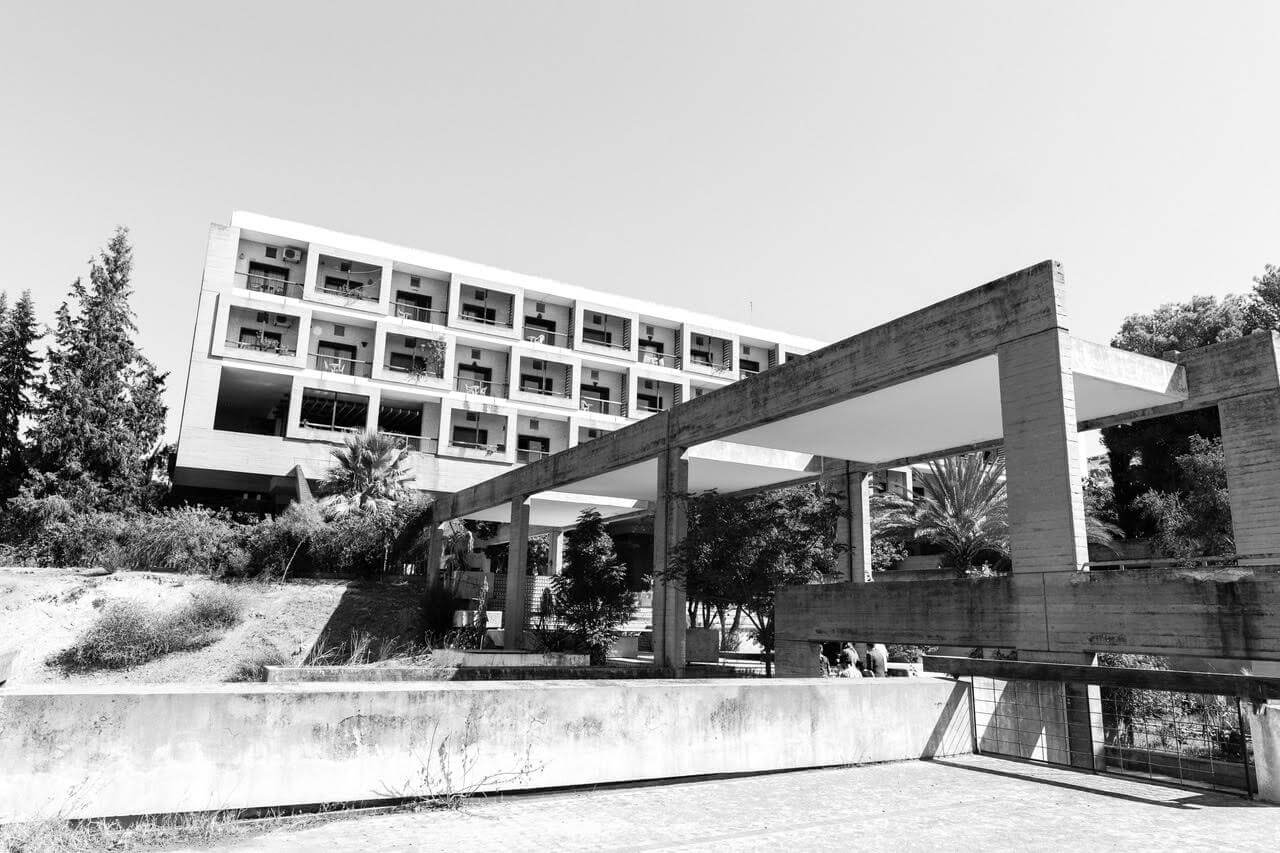
Your restoration proposal of the Sidi Harazem is a feat in itself. In your plans, how did you integrate your own vision, while retaining the original Brutalist elements that made the site so iconic?
I think the key element here is time and patience. I think the Getty Foundation grant allowed me to have that luxury of time, to be able to really raise awareness in a very soft and friendly manner. You know, very slowly making [local Moroccan individuals] interested in this architecture and showing them how to appreciate it. Showing them that it’s not foreign, that it’s deeply rooted in the local climate and local craft. I think it’s almost a little peaceful when we pass down how to read this architecture; it opens people’s eyes, and they suddenly become very proud of something they have, and decide they can now see completely differently. I mean, even though this building has been there for 30 years, they didn’t have, in a way, the visual language to read it. And for me, this is extremely gratifying, to be able to pass down that reading. It’s almost like a piece of heritage was there, and they didn’t have access to understand it. It becomes this thing where [the people] become the ambassadors for the project. So even if I die, I know that the whole population is now convinced that the whole complex is a heritage piece, and they would stand in front of bulldozers if they were to come!
I see that you’re in Morocco now, working on Sidi Harazem. How’s that coming along?
Well right before COVID, we were going to start the first building rehabilitation. Because of COVID, everything stopped because tourism was not a priority anymore, as you can imagine. But something else happened that was quite interesting: I asked the government if I could activate the site in a different manner, because the local population was waiting for it to be rehabilitated, and I didn’t want the energy and momentum to fall down. I organized a series of artist residencies, so that different young Moroccan artists would create different art pieces around the site, like an art walk. It would make the complex known to different people who may not have known about it. We invited chefs, classical pianists, painters, sculptors, rappers; there’s a rapper now who’s in Morocco shooting his music video for his last song. We had a videographer who won a Sundance award for her short film. This is really fantastic, because COVID allowed for this, and this is outside of my role as an architect. I’m not really paid by the government to do this. This is a private activist initiative. It’s been really fascinating, because all these artists are re-interpreting the site through their own lenses. I’ve been learning a lot.
It seems like the project has transcended the actual building at this point, and has become more about the space.
For sure. We did a website in English and Arabic – you can check it out here: http://sidiharazemstation.com/
You’re noted to be an expert in ecotourism, as well. You’ve undertaken a decades-long effort to restore the Fez River, and written a book about developing the Jordanian desert sustainably. How does ecotourism help neighbourhoods and cities today?
I mean, in Sidi Harazem for example, the cultural activation was geared towards Moroccan tourists, so the fact that COVID didn’t allow for foreign travel, more Moroccans wanted to travel within Morocco itself and discover new places. We, in a way, kind of played into that and got so much interest. Speaking of ecotourism in Sidi Harazem, we developed different tours of the neighbouring mountains, we invited different chefs to come and use only local produce. For the artist residency, one of the requirements is for people to work with the local communities. One of the tenants of ecotourism is to have a positive impact on the local community; to better their socioeconomic living conditions. So we incorporated a lot of these approaches that I’ve gotten in my 15 years of research on the topic across the globe.
Ecotourism is usually set in very remote places, with a low number of people. It’s perfect during COVID, as you wouldn’t be in a gigantic hotel, and usually you just have ten or so rooms spread across the landscape. I think in the time of COVID, people are craving more of this type of tourism. I don’t think it’s just important now – I think it’s always been an important form of tourism that is low impact, that doesn’t consume a lot of energy, that involves the local population, and that reinvests part of its benefits. There are a lot of places that greenwash – that claim to be eco-lodges, but do nothing ecologically beneficial – so I think that people should do their homework, to check the ecological footprint of the hotel [before they stay there].
Lastly, what’s on the horizon for you?
Well, next year I’m on sabbatical, so I’ll be spending the year in Morocco working on a series of projects. COVID was a good time for me to rethink my role as an architect, and this project in Sidi Harazem made me rethink my role in a more proactive manner. So with one of my partners here, who isn’t an architect – you’re the first in the press to hear this – we decided to create a social enterprise around the activation of abandoned heritage sites here in Morocco, and to create different hospitality experiences around them. We’re going to propose different types of co-living, especially during COVID, where you can stay for cheaper than a hotel and longer than a month. In the abandoned heritage sites which we’re going to restore, a huge chunk of it will be devoted to the contemporary art scene in Morocco. The reason why we decided to make this company is that we realized Morocco is full of amazing talents in all fields, but they usually don’t have places where they can all meet and collaborate. We were thinking of creating these hybrid spaces where people can come, stay, eat, take part in exhibitions or concerts. I’d say it’s a new type of ecological tourism; for me to reuse existing buildings is the most ecological act, opposed to building something new. So if you have something old and beautiful, but it’s falling apart, it’s a great act to save it and to bring new life into it. This is a big change for me; I’m still going to be the architect, but I’m also the strategist… I’m almost becoming a client also. This stemmed from the fact that I was tired of having to convince my clients to do fun things, and things that I liked – so I took it into my own hands! The model will be built for the global South, but we’re trying to develop it in other places. The other big thing ahead of me is a project in Senegal that’s also funded by the Getty Foundation. It’s the International Fair of Dakar, which is a completely crazy, groovy 1970s complex that we’re also developing a rehabilitation plan for.
I want to share that I develop a lot of my expertise in the global South, where you have a lot of constraints, budgets, and lack of knowledge. It forced me to develop different methods of engagement, of work, and now, in a sense, I’m bringing this experience into the West. For the Ontario Place Project, I’m bringing my experience from Sidi Harazem, which I can readapt to modern heritage sites. It’s very often that those from the global North/Westerners come to the global South and say “Oh, I’ll show you how it’s done.” In my very modest position, I’ve been able to do the reverse, which is very rare.

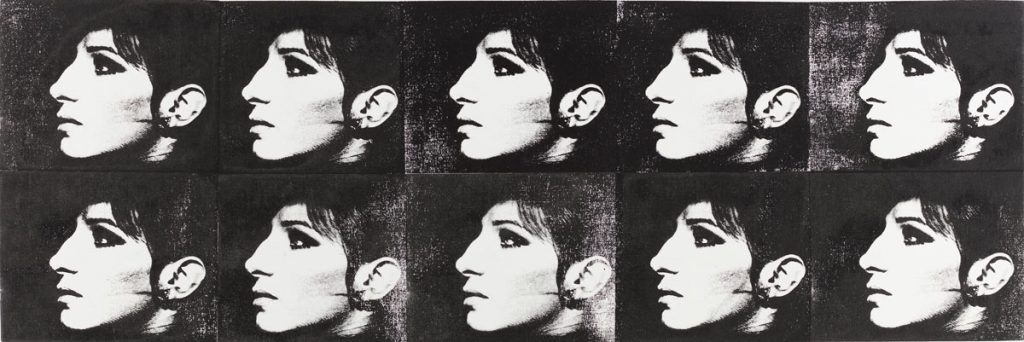

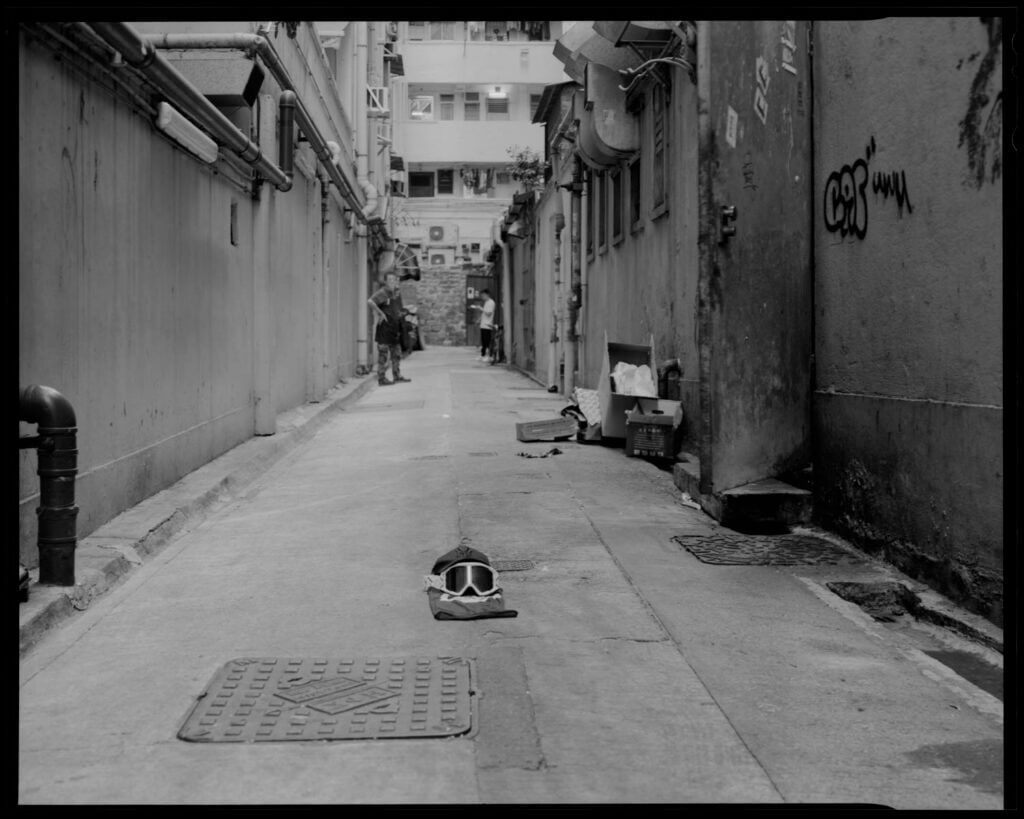

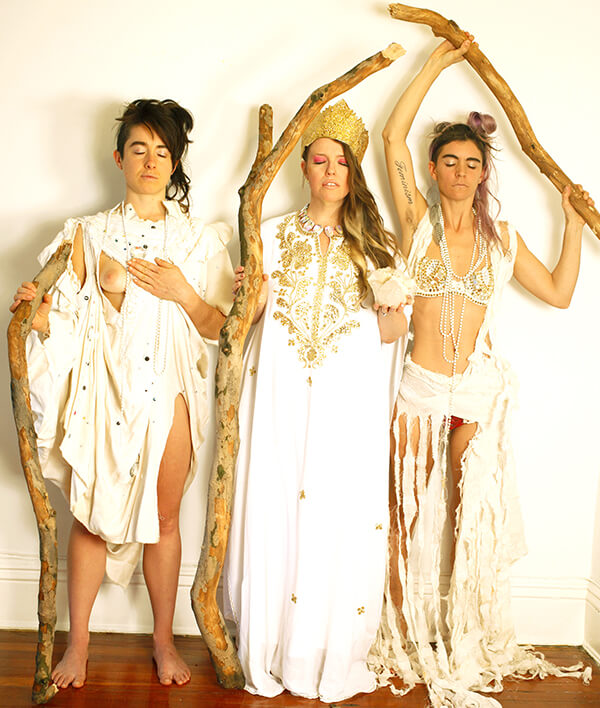
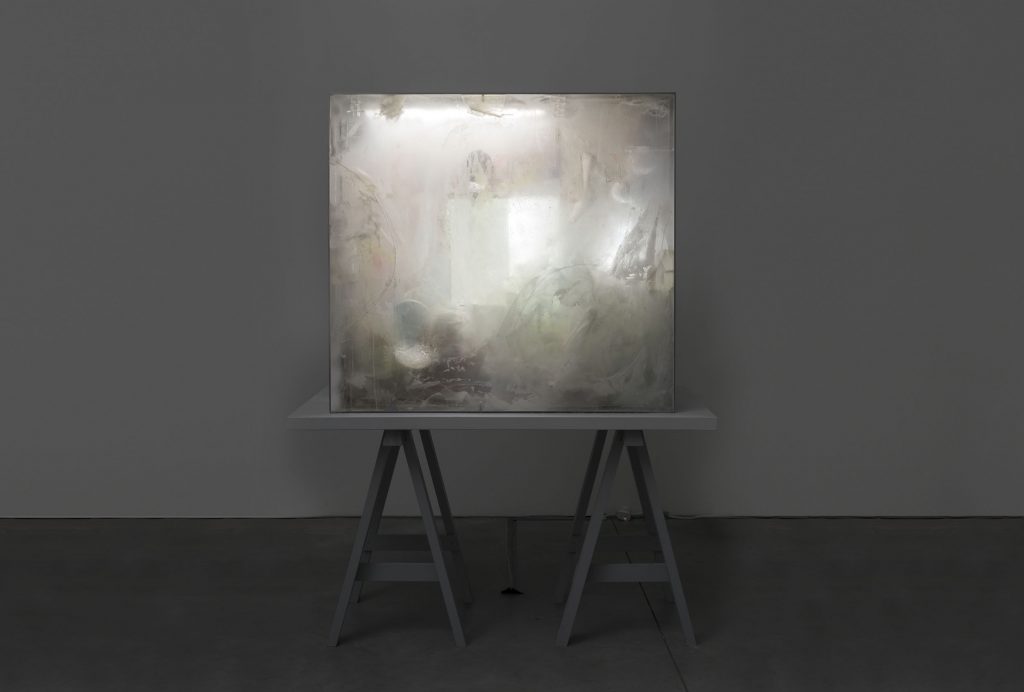
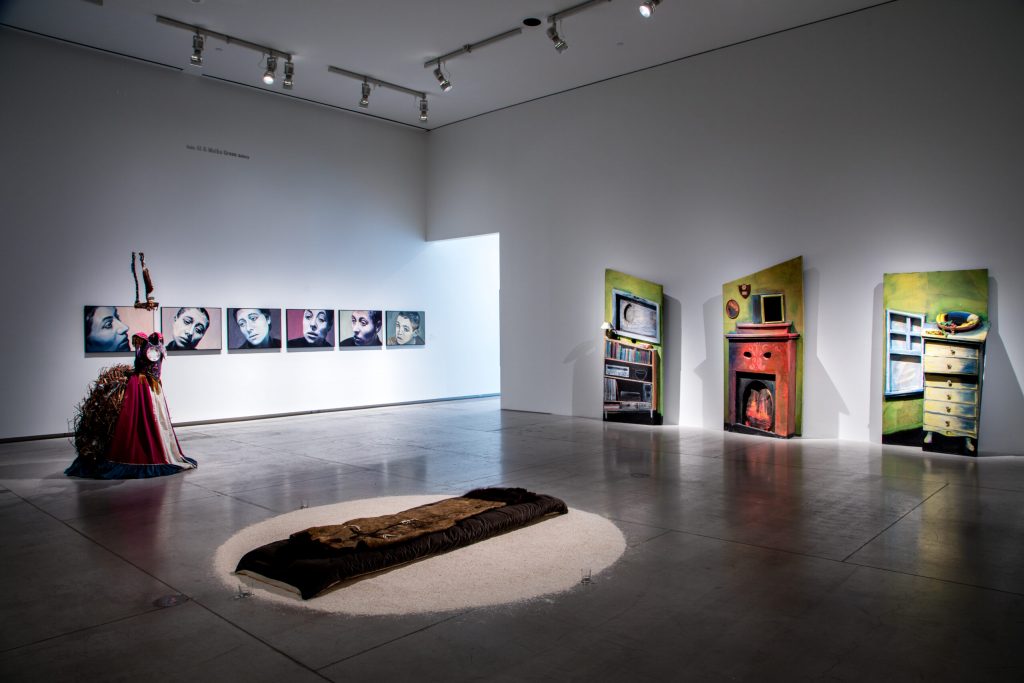

Responses